Hi i want to bind button with other listView.Item. What i want is to have something like we have on stackoverflow.
But i have problem with having increasing/decreasing value. I have event Click but i dont knew how to get corresponding item on list and increase/decrease value.

<DataTemplate>
<StackPanel Orientation="Vertical">
<StackPanel Orientation="Horizontal">
<Label Width="706" Height="75" Content="{Binding feedback}"/>
<StackPanel Orientation="Vertical">
<Button Name="buttonUp" Content="^" Command="{Binding upVoteCommand}" />
<Label HorizontalContentAlignment="Center" Width="50" Content="{Binding grade}"/>
<Button Name="buttonDown" Content="v" Command="{Binding upVoteCommand}"/>
</StackPanel>
</StackPanel>
<Label>-</Label>
</StackPanel >
EDIT
class A {
public string feedback {
get;
set;
}
public int grade {
get;
set;
}
private ICommand _upVoteCommand;
private ICommand _downVoteCommand;
public ICommand upVoteCommand {
get {
return _upVoteCommand;
}
set {
_upVoteCommand = value;
}
}
public ICommand downVoteCommand {
get {
return _downVoteCommand;
}
set {
_downVoteCommand = value;
}
}
}
EDIT I used this button.Commmand but still it not working. I dont knew what to do with this commands.